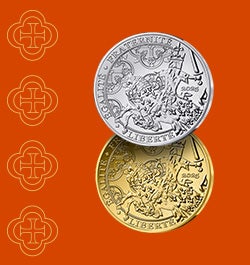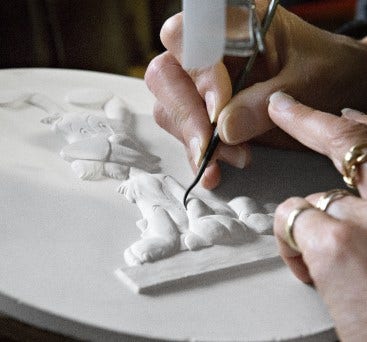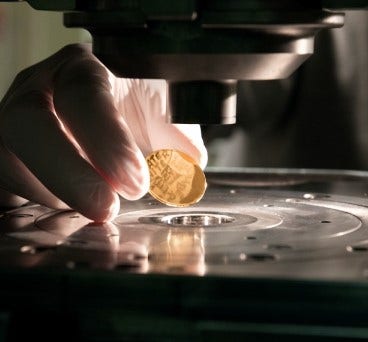Since 1945, UNESCO (the United Nations Educational, Scientific and Cultural Organisation) has been listing sites as "World Heritage". The aim of this programme is to classify, name and conserve cultural or natural properties of importance to the common heritage of humanity. The program was founded by the Convention concerning the Protection of the World Cultural and Natural Heritage, adopted at the UNESCO General Conference on 16th November 1972. In 2019, 1,073 properties in 167 countries are listed.
In 2025, Shuri Castle will be honoured.
SHURI CASTLE, GUSUKU SITES AND ASSOCIATED PROPERTIES IN THE RYUKYU KINGDOM
Located in Japan's Okinawa prefecture, Shuri Castle was built at the end of the 14th century. The monument was originally a gusuku, a medieval Japanese fortress, but it later served as the royal residence of the Ryukyu kingdom (15th-19th centuries), then as a government and religious centre. It is also associated with the birth of Shuri-te, a martial art similar to karate. According to historical records, the castle has fallen victim to fire on several occasions, in 1453, 1660, 1709 and most recently in October 2019. During the last fire, a large part of the complex was destroyed, and restoration work began in 2022.
On the obverse, in the foreground, the woman in traditional dress is wearing a richly decorated kimono, typical of the traditional court clothing of the Kingdom of Ryūkyū. This outfit is reminiscent of the clothes worn by the nobles or members of the royal family of the kingdom, of which Shuri was the political and cultural centre. The specific headdress was used for important ceremonies, such as royal weddings or state events. In the background, a detailed view of the left-hand side of Shuri Castle and a schematic view of the right-hand side to illustrate its construction/reconstruction.
The reverse is common to all the coins in the UNESCO series for 2025. It depicts the globe with parallels and meridians on the left-hand side and inscriptions of major UNESCO World Heritage sites on the right-hand side. The inscriptions are engraved in stone, echoing the Rosetta Stone. The left-hand side of the globe is surrounded by the UNESCO logo and the words "World Heritage". The face value is inscribed on the left-hand side of the globe, blending in perfectly with the parallels and meridians.






